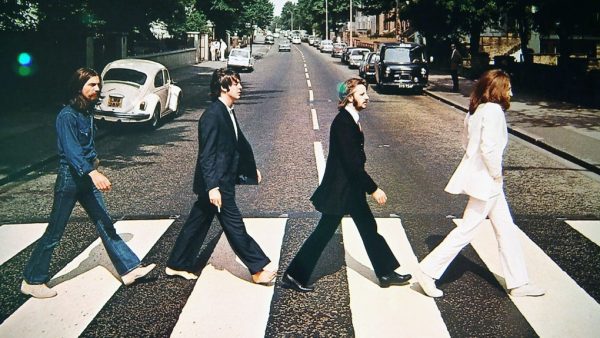Senior citizens stay in shape
“Move it or lose it.”
Those were the words of Fran King, one of many fitness students who participate in a Monday, Wednesday and Friday morning program at 9 am. in the Oakland University Recreation Center called Fit For Life.
Those words ring true for many of the students in this program, especially since none of them are younger than 70.
Fit For Life has in one form or another been operating for almost 20 years.
Some of its members have been part of OU’s community for even longer.
King, who will be 80 in November, graduated from OU in ’72 with a degree in psychology. She started her degree at the age of 38 after having six children; the youngest went to Oakland’s nursing school while King worked toward her degree.
It only took her five years to earn her degree, even while raising her children.
King is not the only member of the Fit For Life group with ties to OU.
Gerry Coon, 78, received both her undergraduate and master degrees at OU and then took a job on campus as an administrative assistant.
In 1988, she and her husband went to China to teach English as a second language. While in China, they each lost a lot of weight.
Upon their return to the Michigan, they decided to seriously attend exercise classes and keep the weight off.
This sparked their interest in OU’s exercise program which was at the time called 60+ and operated at the Meadowbrook Health Enhancement Institute. In 2003, the program transferred to the Recreation Center under the name Fit For Life.
At the Health Enhancement, Coon explained, she and the other students had felt very special.
“It was like our own private health club,” she said.
The students’ classes were taught by mastery level students and overseen by a physician. The students had yearly stress tests and physicals as well.
The move to the Rec was bittersweet for many, who like Coon, had participated in the Health Enhancement’s program practically since its conception.
“I loved it,” Phyllis Roberts, 83, said of the Health Enhancement program.
Now the participants are pleased with the facilities. Some, like Elaine Larsen, who has only been with the program for about six months, enjoy the lighter, more youthful atmosphere.
Larsen, 74, who has had one hip replacement and survived breast cancer, was expected by her doctor to need the other hip replaced as well.
“My doctor is amazed that it hasn’t needed replacing,” Larsen said, attributing her health to the exercise that she does both with FFL and on her own.
The Rec also provides greater variation in the styles of exercise, which the students can appreciate.
Mondays are cardio focused with aerobics and Tai-Chi. Wednesdays concentrate on strength and stretching. Fridays are Yoga centered, focusing on balance, overall strength and flexibility.
Health sciences lecturer Julie Proctor said the seniors are a dedicated bunch and their fitness is inspiring to those around them.
“I like to thank them. They’re so inspiring for me to keep active,” Proctor said. “They roll with the punches. They like the changing of teachers and class styles, like trying new things, exploring. They’re not so set in their ways that they won’t learn something new. They love life and are willing to explore.”
Proctor, who is employed by the Graham Health Center, teaches the Wednesday morning class.
According to Mila Padgett, assistant director of Campus Recreation programs, fitness can begin at any age.
“If it’s something you want to do, it’s never too late,” Padgett said.
Many of the seniors involved in FFL have made it a goal to stay fit and active since they were middle-aged or before.
“Both my husband and I were determined to live an active lifestyle,” said King, who lost her husband almost two years ago.
In spite of his passing, she has remained active.
“Being a widow isn’t easy, but being a widow who has purpose in life, that’s no problem. You have to make life,” she said.
Coon has also managed to maintain her goal of staying fit and active.
“I feel more fit than my children,” she said.
According to the American College of Sports Medicine’s Physical Activity and Public Health Guidelines, found on acsm.org, walking for five days a week for just 30 minutes a day, enough to sweat and raise one’s heart rate, helps lower the risks of chronic-disease related to inactivity.







